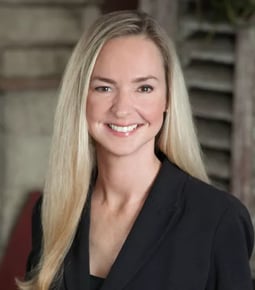There are three affordability safe harbors an employer can rely upon to determine whether or not coverage is “affordable” for an employee. The three safe harbors include:
- Rate of pay
- Federal Poverty Level (FPL)
- W-2
The Federal Poverty Level safe harbor is the easiest of the three to apply because the employer only has to do one calculation, which, in this case, doesn't depend on employees' actual wages.
Updated guidelines set the 2023 federal poverty level at $14,580 (up from $13,590 in 2022) for a person living in the mainland U.S., $16,770 for a person living in Hawaii, and $18,210 in Alaska.
The FPL safe harbor says that coverage is affordable if the employee’s portion for self-only coverage for the lowest-cost plan is at least 9.12% (for 2023) of whatever FPL is in effect six months prior to the start of the plan year. Thus, FPL for an individual is set at $14,580 per year for the 48 contiguous states (Hawaii and Alaska are higher, so keep that in mind for employers that have employees in these states).
This means a plan that begins on or after Feb 1, 2023 must set the employees’ portion for employee-only coverage for the lowest-cost plan at or below $110.81 per month (14,580 x 9.12% / 12). Calendar year plans for 2022 must set it at or below $103.28 (13,590 X 9.12% / 12). Thus, if the employees’ self-only coverage is set at $100 per month, the safe harbor is met and coverage would be considered affordable for the entire plan year.
Remember, however, that employers must decide which safe harbor to use prior to the start of the plan year, and not wait until reporting is due to figure out whether coverage was affordable or unaffordable. Doing these calculations retroactively would only confirm whether or not the premium rates already charged would put the applicable large employer at risk of an employer mandate penalty.

COMMENTS